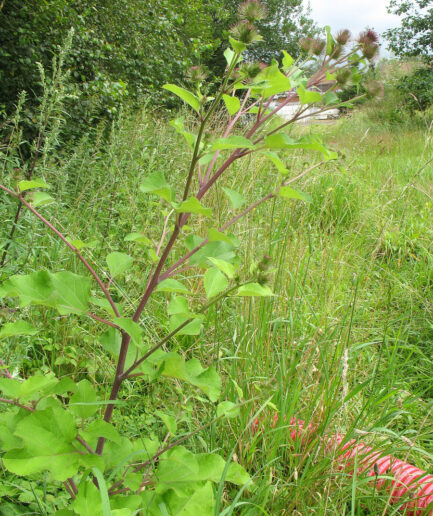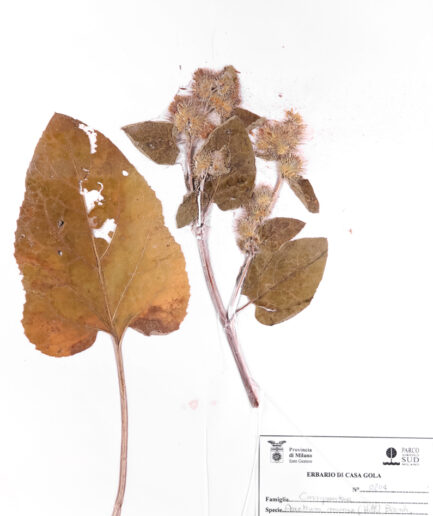Lesser star-of-Bethlehem
Scientific name: Ornithogalum divergens Boreau
Family: Asparagaceae
MORPHOLOGY
Growth habit and size: Perennial herbaceous plant with an underground bulb, white, about 25 mm in diameter, with non-foliaceous bulbils located inside the tunic of the main bulb. Height ranges from 10 to 30 cm.
Stem: Erect, glabrous stem.
Leaves: Basal leaves (6-8), herbaceous, present at the time of anthesis, linear-channelled, opaque green with a white central line, 20-30 cm long (approximately the same length as the scape) and up to 4-6 mm wide.
Flowers: Inflorescence on a racemose corymb with 10-20 long-pedunculated flowers, with linear acuminate bracts, 6 free white tepals (5-7 x 15-22) with a green line on the back. It blooms from March to May.
Fruits and seeds: The fruit is a loculicidal capsule from ellipsoid to obovoid, truncated at the apex.
DISTRIBUTION AND HABITAT
It grows throughout Italy from sea level up to 1,200 m. Common along the edges of paths, fertile meadows, ruderal areas, country roads, vineyards, in grassy areas, and fallow lands.
INTERESTING FACTS
The bulbs are particularly toxic.
The Acta Plantarum botany website, the most authoritative in Italy, seems inclined to consider Ornithogalum divergens and Ornithogalum umbellatum as synonyms, although it mentions the latter as not present in Italy. In fact, the difference between the two is minimal and concerns only the underground part, so it is likely that botanists are undecided whether to consider them two different subspecies or the same species.
Photo: Kindly provided by Claudio Farinati





















